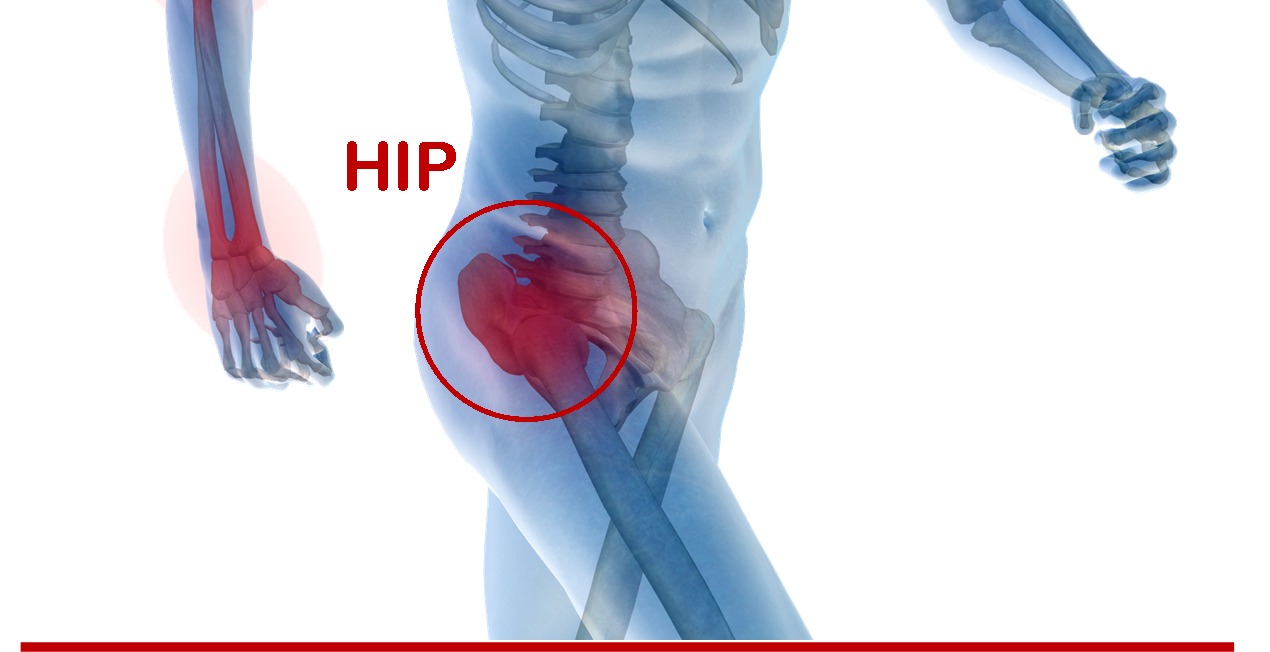Hip replacement, also known as hip arthroplasty, is a surgical procedure designed to alleviate pain, improve mobility, and enhance the overall quality of life for individuals suffering from hip joint problems. This treatment has been a game-changer for countless patients, enabling them to regain their independence and freedom of movement. In this article, we will explore the key aspects of hip replacement treatment, including its indications, the surgical process, recovery, and the benefits it offers.
Indications for Hip Replacement:
Hip replacement is typically recommended for individuals who experience severe hip joint pain, stiffness, and decreased functionality due to various conditions. Common indications include:
- Osteoarthritis: The most prevalent reason for hip replacement, osteoarthritis causes the gradual breakdown of the hip joint's cartilage, leading to pain and stiffness.
- Rheumatoid Arthritis: An autoimmune disease that affects the hip joint, causing pain, inflammation, and deformities.
- Avascular Necrosis: This condition occurs when blood supply to the hip joint is compromised, leading to bone deterioration.
- Hip Fractures: A hip fracture, often the result of a fall or trauma, may necessitate hip replacement surgery, especially in older adults.
- Congenital Hip Disorders: Some individuals are born with hip abnormalities that can lead to degeneration over time, requiring hip replacement.
The Surgical Process:
Hip replacement surgery involves the removal of damaged or deteriorated parts of the hip joint and their replacement with artificial components. The procedure consists of the following steps:
- Anesthesia: The patient is given either general or regional anesthesia to ensure comfort during the operation.
- Incision: The surgeon makes an incision on the side or front of the hip to access the joint.
- Bone Reshaping: The damaged parts of the hip joint are removed, and the hip socket is reshaped to fit the artificial socket component.
- Component Implantation: Prosthetic components made of metal, plastic, or ceramic are secured in place to replace the damaged bone and cartilage.
- Closure: The incision is closed, and the surgical site is bandaged.
Recovery and Rehabilitation:
Recovery from hip replacement surgery is a gradual process. Patients can typically expect the following:
- Hospital Stay: Most patients stay in the hospital for a few days after the surgery, during which they receive pain management and physical therapy.
- Rehabilitation: Physical therapy is crucial to regain strength and mobility in the hip joint. Patients may need crutches or a walker initially.
- Medications: Pain medication and prophylactic antibiotics are often prescribed post-surgery.
- Follow-Up Care: Regular follow-up appointments with the surgeon are necessary to monitor progress and address any concerns.
Benefits of Hip Replacement:
Hip replacement treatment offers numerous benefits to patients, including:
- Pain Relief: Significant reduction or elimination of hip pain, enhancing the quality of life.
- Improved Mobility: Enhanced ability to walk, climb stairs, and engage in daily activities.
- Enhanced Quality of Life: Restoration of independence and the ability to participate in social and recreational activities.
- Longevity: Modern prosthetic components are durable and can last for many years.
Conclusion:
Hip replacement treatment has revolutionized the lives of countless individuals suffering from debilitating hip joint conditions. It is a highly effective solution to relieve pain, improve mobility, and enhance overall quality of life. If you're experiencing hip pain and decreased mobility, consult with a healthcare professional to determine if hip replacement is the right treatment for you.

